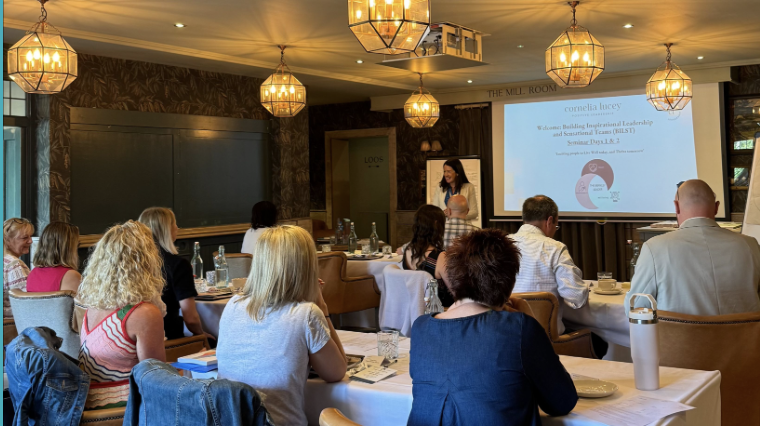How can you stay agile when everything around you is constantly changing?
I’ve been thinking a lot lately about what it really means to lead and perform well, especially when everything around us keeps shifting. The world’s moving fast. Answers aren’t always clear. And it’s easy to feel like we’re supposed to hold it all together, all the time.
But within that chaos, there’s an opportunity.
To become more limber. More emotionally agile. More human.
I put this month’s blog post together to help with exactly that. I hope it gives you something useful and maybe even a little space to breathe.
Leading right now isn’t just about handling complexity—it’s about facing fragility, fear, and constant flux.
We’re in a BANI world: Brittle, Anxious, Nonlinear, and Incomprehensible. And it’s taking a toll on our teams and ourselves.
What matters most in all this? Limberness.
It’s the leadership muscle that lets you stay grounded, emotionally agile, and purpose-driven, even when everything feels up in the air.
This isn’t about being endlessly adaptable or blindly positive. It’s about staying anchored in what matters, while flexing when it counts. That’s what our evidence-based ALIGHT modelhelps leaders do.
So how do you build limberness?
Start here: 7 simple, science-backed ways to strengthen your resilience and lead with clarity, even in chaos.
7 practical exercises you can try to lead confidently through BANI times:
Name It, Tame It, Lead Through It
A simple brain-based tool to help you pause, label, and lead with clarity. When a difficult emotion arises, pause and label it (e.g., “I’m feeling anxious”). Research shows this simple act activates the prefrontal cortex, helping you respond more wisely (Lieberman et al., 2007).
Pair this with a daily 2-minute values check-in: “What matters most to me today?”
Model Vulnerability
Start your next meeting by sharing something personal or naming a challenge you're facing.
Use phrases like:
“I don’t have all the answers, but here’s what I’m thinking…”
“I made a mistake here—let’s learn from it.”
This signals that it’s safe to be human, not perfect.
Practice: “Listen to Understand”
In conversations, pause before responding. Reflect back what you heard:
“What I’m hearing is…”
“Tell me more about what’s behind that.”
This builds trust and shows that every voice matters.
Use the “Red, Yellow, Green” Check-In
At the start of a team meeting, ask each person to share their current emotional state using a traffic light metaphor:
🟥 Red = overwhelmed/stressed
🟨 Yellow = managing, but not at full capacity
🟩 Green = feeling good and focused
This normalises emotional expression and helps leaders respond with empathy.
Create “Safe-to-Fail” Spaces
Frame challenges as experiments:
“Let’s try this and see what we learn.”
“What would we do differently next time?”
This encourages innovation without fear of blame.
Acknowledge and Appreciate Contributions
Regularly recognise effort, not just outcomes.
“I really appreciated how you spoke up in that meeting—it helped us see things differently.”
Individual Pause & Reflect Exercise
Strengthen Your Emotional Agility in Tough Moments
After experiencing conflict at work, take a piece of paper and draw circles. In each circle, write a reason why you feel hurt about the situation. Next to each one, write a reason that you’re grateful for in relation to that hurt. Then reflect on how do you see the original situation differently… (Adapted from Reivich, 2004)


